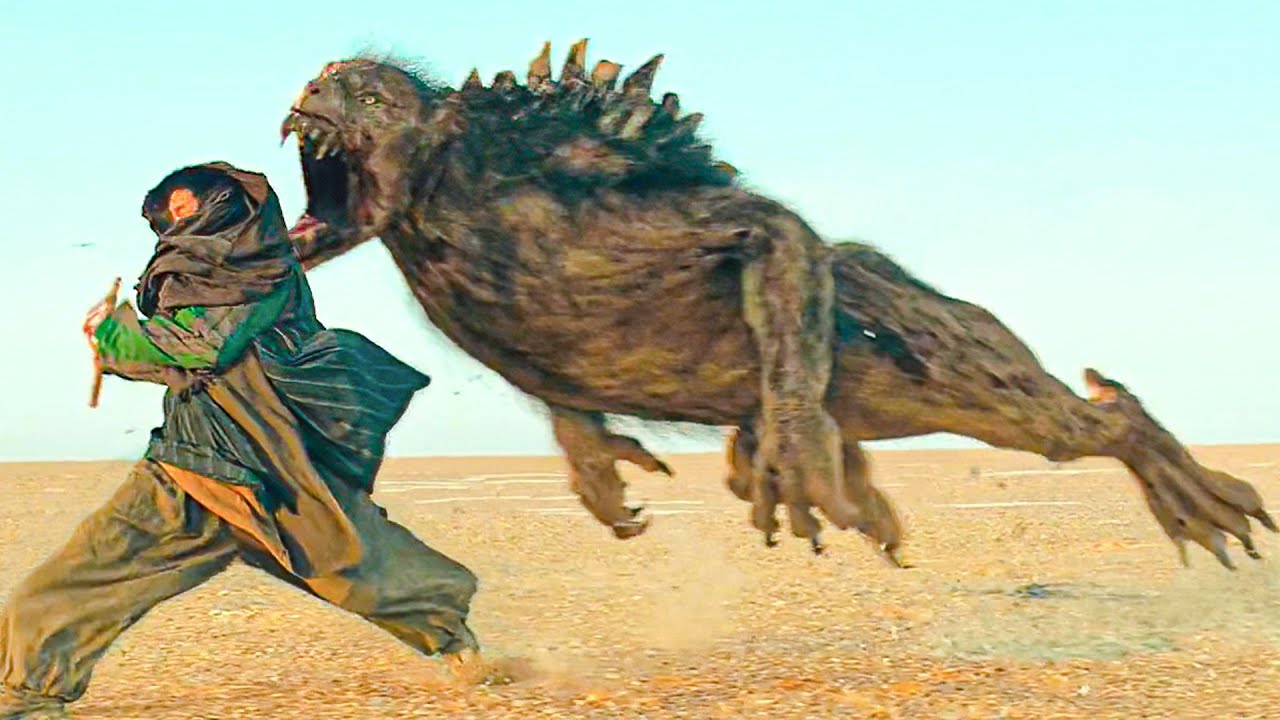
when Horror Yearbook – The Beast of Mt. Kunlun has become one of China’s most persistent legends, haunting the remote mountain range with tales of a creature as elusive as it is terrifying. Often compared to the Western Yeti or Bigfoot, the Kunlun Shan Beast stands as a cryptid shrouded in mystery. Hikers and explorers have long whispered about strange sightings deep in the Kunlun Mountains. These reports describe a tall figure with ape-like or wolf-like features, capable of moving swiftly through harsh terrain and vanishing without a trace. Eerie howls echoing across cliffs, unusual tracks imprinted in the snow, and sudden disappearances of animals have fueled local fears for generations. Despite technological advances, no solid proof has surfaced. Yet the legend only grows stronger as new witnesses continue to emerge with unsettling stories. Whether it is real or the result of ancient folklore passed down over time, this creature continues to captivate those drawn to the unknown.
For decades, stories about The Beast of Mt. Kunlun have emerged from all corners of the vast mountain region. Locals speak of a shadowy figure that watches from afar, never fully revealing itself. Mountaineers recount moments of unease when they felt eyes on them during long treks across snow-covered passes. Strange howls and guttural growls have been heard in areas with no signs of wildlife. In some accounts, the creature reportedly walks upright, towering over grown men, while others describe it as moving with a powerful stride similar to a massive wolf. In 1997, a group of researchers claimed they discovered oversized footprints leading into a cave that later showed signs of recent activity. No physical evidence stayed behind. Still, those who return from expeditions often leave with chilling memories and a firm belief that something unknown inhabits these mountains. The mystery remains uncracked and continues to stir both fear and fascination.
“Read about: Legend of the Fenghuang: China’s Mythical Phoenix”
The rugged isolation of the Kunlun Mountains provides the perfect hiding place for a creature like The Beast of Mt. Kunlun. Stretching across western China, the range forms one of the most remote and uninhabited areas in the country. Towering peaks, deep gorges, frozen lakes, and unpredictable weather conditions make exploration a major challenge. Survival in this environment requires a rare combination of strength and adaptability, traits that witnesses attribute to the beast itself. With limited human presence and vast unexplored areas, sightings often go uninvestigated. The ecosystem supports a range of wildlife such as snow leopards, wolves, and bears, often mistaken for something more sinister in the haze of snowstorms or twilight. This natural camouflage adds to the legend’s endurance. Many believe the beast thrives precisely because the terrain shields it from discovery. Adventurers must overcome extreme elements to even reach the regions where sightings are most often reported.
“Read more: Semaglutide and Tirzepatide: Caution Required, Say Doctors”
Stories about The Beast of Mt. Kunlun can be traced back through centuries of Chinese folklore. Ancient texts refer to mythical beings that guarded the sacred mountains of the west. In some versions, these creatures were protectors while in others, they were monsters to be avoided. Folklore told by Tibetan nomads also includes figures that resemble this cryptid. Oral histories passed between generations preserve descriptions of tall, hairy beasts with glowing eyes that appeared during fierce snowstorms. During the 20th century, modern interest grew as explorers and journalists began collecting these accounts. In recent years, internet forums and documentaries have reignited global curiosity. Cryptozoologists now include the Kunlun Beast among the world’s top mysterious creatures. Unlike more commercialized legends, the Kunlun cryptid remains largely unbranded, which helps preserve its mystique. The blending of ancient myth with modern sightings makes this creature one of the most fascinating mysteries in China’s cultural and natural landscape.
Scientists and adventurers remain divided over the true nature of The Beast of Mt. Kunlun. Some believe that the creature may be an undiscovered species, possibly a prehistoric survivor adapted to high altitudes. Others think that misidentifications and environmental illusions account for most sightings. Despite skepticism, the Chinese government has launched occasional wildlife studies in the region, although none confirmed the beast’s existence. In 2012, a team from Beijing University collected audio recordings of unknown howls that sparked debate among researchers. Local tribes continue to believe in the presence of the beast and urge travelers to respect the spirit of the mountains. With technology evolving, drones and motion-sensor cameras now monitor previously unreachable areas. These tools may eventually offer clues. Until then, the legend lives on in the imaginations of those who dare to enter the wilderness of the Kunlun range. Whether real or imagined, this cryptid refuses to fade from collective memory.